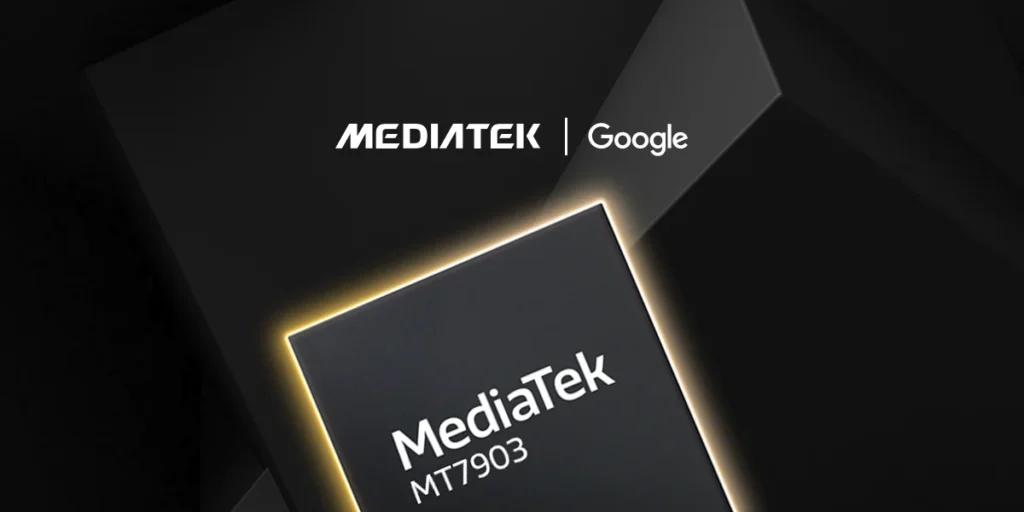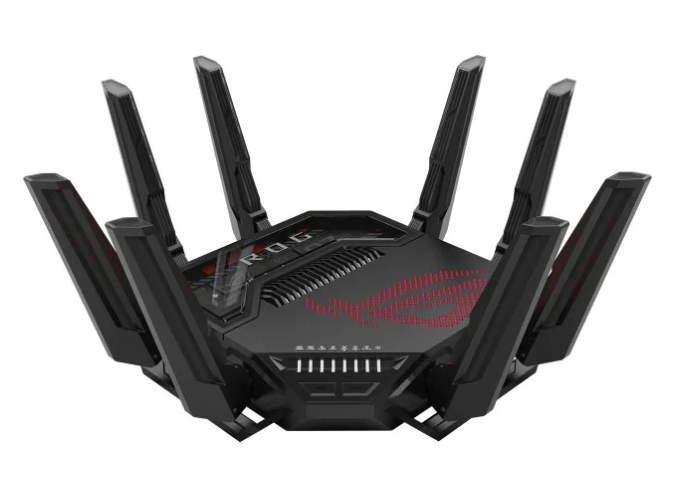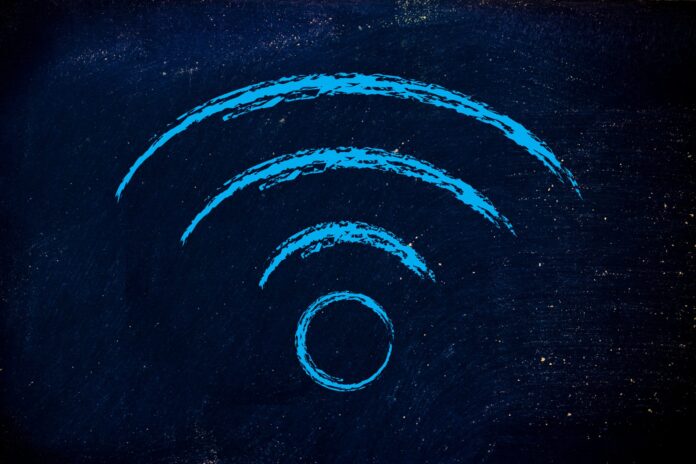Whether we’re talking 6E, 7 or other standards like Wi-Fi HaLow, Wi-Fi was a big topic at CES this year
CES 2025 finished up this week, one year — almost to the day — after the certification of Wi-Fi 7. Since then, roughly 33 handsets support this new generation (as of October 2024), as well as many high-end laptops. Wi-Fi 7 is designed to use huge swaths of unlicensed spectrum in the 6 GHz band, first made available in Wi-Fi 6E standard, to deliver a maximum data rate of up to 46 Gbps.
It’s also becoming clear that 6 GHz Wi-Fi’s role in delivering connectivity is changing, and perhaps, growing. A recent report from OpenSignal, for instance, found that smartphone users spend 77% to 88% of their screen-on time connected to Wi-Fi. Further, the latest generations of Wi-Fi — largely due to the support of 320 MHz channels and critical features like Multi-Link Operation — are increasingly more reliable and deterministic, making them viable options for advanced applications like extended reality in both the home and the enterprise.
All of this is to say that Wi-Fi — whether we’re talking 6E, 7 or other standards like Wi-Fi HaLow — was a big topic at CES this year. Here’s a look at some of the highlights.
Google and MediaTek to develop new chipset for the home ‘ecosystem’
Google and MediaTek are teaming up to develop a chipset for the Google Home ecosystem that will facilitate adoption of Thread — an IPv6-based, low-power mesh IoT networking technology. The MT7903 is a MediaTek Filogic-branded chipset and integrates tri-band Wi-Fi 6E, Bluetooth 6, and IEEE 802.15.4/Thread radios.

The MT7903 will also support the Matter standard, which was established in 2019 to improve IoT security and interoperability and compatibility between different manufacturers. It will be ready for sampling in the first half of 2025, the companies said.
Morse Micro intros Wi-Fi HaLow chip
Morse Micro launched the second-generation of it MM8108 System-on-Chip (SoC) — the MM8108-EKH19 — which is said offers improved range and throughput, as well as power efficiency thanks to its integrated 26dBm power amplifier and a low-power operation capability.
According to the company, the MM8108 delivers data rates of up to 43.33 Mbps using sub-GHz 256-QAM modulation at an 8 MHz bandwidth. This improved spectrum efficiency positions the chip as a great choice for various applications across verticals like agricultural, mining and industry, as well many home and city use cases.

“The MM8108-EKH19 is more than just a Wi-Fi HaLow evaluation platform – it’s an enabler of market transformation,” said Michael De Nil, co-founder and CEO of Morse Micro. “By simplifying the integration process, we’re making it easier for customers to adopt Wi-Fi HaLow, driving growth and opening doors to new opportunities in IoT and beyond. These solutions position Morse Micro as a leader in a rapidly expanding market, empowering businesses to leverage the full potential of Wi-Fi HaLow for transformative connectivity.”
Intel’s vPro AI PC platform with Wi-Fi 7
With the announcement that its extended family of AI PC processor platforms (called the Intel Core Ultra Series 2) are all equipped with Wi-Fi 7 capabilities integrated into the silicon, Intel has made Wi-Fi its standard choice. On its website, the company explained that a “typical” Wi-Fi 7 laptop is a potential maximum data rate of almost 5.8 Gbps. “This is 2.4X faster than the 2.4 Gbps possible with Wi-Fi 6/6E and could easily enable high quality 8K video streaming or reduce a massive 15 GB file download to roughly 25 seconds vs. the one minute it would take with the best legacy Wi-Fi technology,” it added.
TP-Link reveals indoor and outdoor Wi-Fi 7 mesh solutions
TP-Link unveiled the Deco BE68 Whole Home Mesh Wi-Fi 7 solution, which is claims delivers speeds of up to 14 Gbps, covering 8,100 sq. ft. and supporting up to 200 connected devices. “Featuring 10G, 2.5G, and 1G ports, it ensures fast, reliable wired connections. With Deco Mesh technology, the system delivers seamless coverage and uninterrupted performance for streaming, gaming, and more,” stated the company.
TP-Link also announced an outdoor mesh system to address the increasing demand for outdoor Wi-Fi connectivity. The Deco BE65-Outdoor and Deco BE25-Outdoor nodes are equippment with weather, water and dust proof enclosures. When combined with the Deco inddor models, a cohesive and reliable indoor-outdoor mesh network that allows a user to move seamlessly between the two environments can be achieved.
ASUS announces quad-band Wi-Fi 7 gaming router
Taiwanese consumer device and networking gear manufacturer ASUS revealed what it claims is the world’s first quad-band Wi-Fi 7 gaming router. Named the ASUS ROG Rapture GT BE-98, the router supports the important Wi-Fi 7 features like MLO, 4kQAM and 320 MHz channels and delivers a 25 Gbps of peak data rate. It also boasts dual-feeding antennas to boost coverage by providing high efficiency and enhanced signal strength and comprehensive VPN security features.


